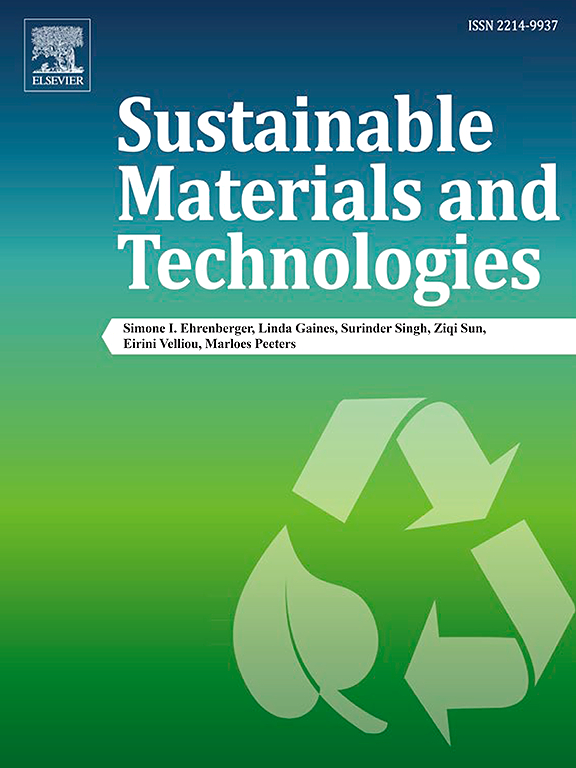Identification of Lifshitz transition, quantum oscillations, and metal-insulator transition in a composite topological matter Bi4(Br0.2I0.8)4
IF 8.6
2区 工程技术
Q1 ENERGY & FUELS
引用次数: 0
Abstract
Exploring the electronic transport behavior in the topological matter is of crucial interest in the region of both fundamental research and potential applications. In this work, we perform a systematical investigation of the transport properties of the new discovered topological material with both high-order topological insulating order and strong topological insulating order, Bi4(Br0.2I0.8)4, by applying the physical properties measurement system. A sign change of charge carriers with the variation of temperature is observed, which is ascribed to the Lifshitz transition and confirmed by the temperature-dependent angle-resolved photoemission spectroscopy measurements. The behavior of Shubnikov-de Hass oscillations occurs at a lower magnetic field region compared to the undoped Bi4Br4 parent phase, inferring the shrunk Fermi surface by introducing I dopant. After entering the extreme quantum limit, the metal-insulator transition is evoked by the possible finite electron-electron interaction with the further increment of magnetic field. The relationship among the Lifshitz transition, quantum oscillations, and metal-insulator transition is discussed to resolve the potential mechanism of quantum transport behaviors in Bi4(Br0.2I0.8)4. Our work provides the important references for modulating the quantum transport properties of topological matters in the future.
复合拓扑物质Bi4(Br0.2I0.8)中Lifshitz跃迁、量子振荡和金属-绝缘体跃迁的识别
探索拓扑物质中的电子输运行为在基础研究和潜在应用领域都是至关重要的。本文采用物理性质测量系统,对新发现的具有高阶拓扑绝缘序和强拓扑绝缘序的拓扑材料Bi4(Br0.2I0.8)4的输运性质进行了系统的研究。观察到载流子随温度变化的符号变化,这归因于Lifshitz跃迁,并由温度相关角分辨光谱学测量证实。与未掺杂的Bi4Br4母相相比,Shubnikov-de Hass振荡的行为发生在较低的磁场区域,通过引入I掺杂推断了费米表面的收缩。在进入极端量子极限后,随着磁场的进一步增大,可能存在有限的电子-电子相互作用,从而引发金属-绝缘体跃迁。讨论了Lifshitz跃迁、量子振荡和金属-绝缘体跃迁之间的关系,以解决Bi4(Br0.2I0.8)4中量子输运行为的潜在机制。我们的工作为今后调制拓扑物质的量子输运性质提供了重要的参考。
本文章由计算机程序翻译,如有差异,请以英文原文为准。
求助全文
约1分钟内获得全文
求助全文
来源期刊

Sustainable Materials and Technologies
Energy-Renewable Energy, Sustainability and the Environment
CiteScore
13.40
自引率
4.20%
发文量
158
审稿时长
45 days
期刊介绍:
Sustainable Materials and Technologies (SM&T), an international, cross-disciplinary, fully open access journal published by Elsevier, focuses on original full-length research articles and reviews. It covers applied or fundamental science of nano-, micro-, meso-, and macro-scale aspects of materials and technologies for sustainable development. SM&T gives special attention to contributions that bridge the knowledge gap between materials and system designs.
 求助内容:
求助内容: 应助结果提醒方式:
应助结果提醒方式:


